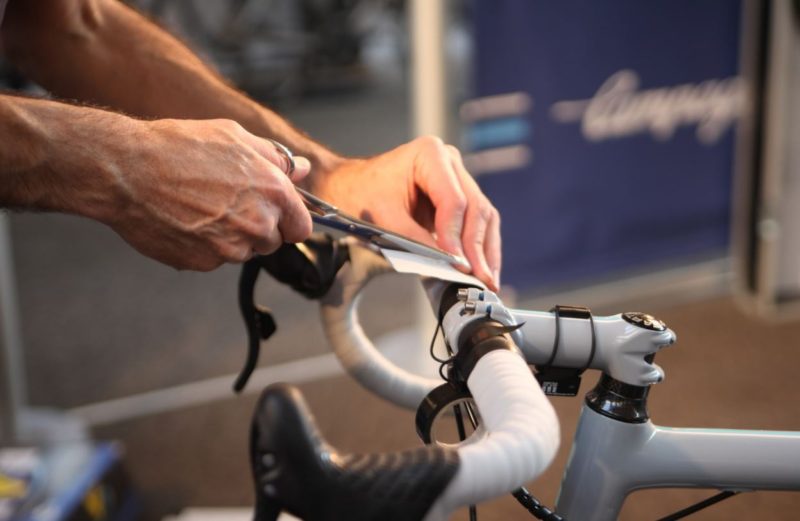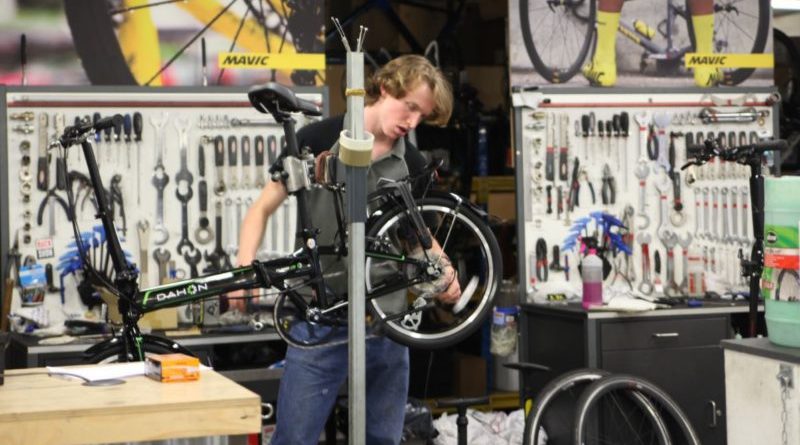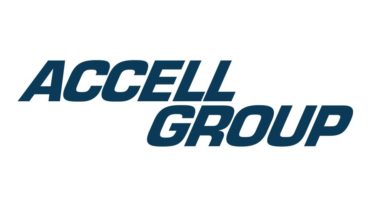Comment: How the industry can boost profits simply by fairly valuing its work
Firstly, We Need To Talk About ‘Value’ And Why This Matters
So, I was up in Sydney last year presenting a seminar to a room full of bicycle retailers on ‘The Future of Profitability’. One of the key themes that ran through my talk surrounded ‘value,’ as opposed, or in contrast to, ‘price’ or ‘margin.’ At its heart, value represents the transactional equivalence given to something you wish to acquire or receive, such as a product or service. The ‘price’, in theory, should reflect that perceived or accepted equivalence. So, in theory, the higher the value, the higher the price.
Value is made up of many judgements, from quality to need, value add, durability, desirability, image, connection, and more. In today’s retail environment, where costs of business are rising and consumer price expectations are lowering, it’s getting harder to sustain or protect profitability, and hence, viability. You either have to reduce costs or increase prices. Reducing costs only tends to bring short-term benefits, with the eventual erosion of quality, service, availability, choice, reliability, etc., ultimately reducing turnover, customer retention, and reputation, those resulting in the inevitable knee-jerk response to cut prices to sustain consumer interest, leaving you with both low profit and low turnover.
connection, and more. In today’s retail environment, where costs of business are rising and consumer price expectations are lowering, it’s getting harder to sustain or protect profitability, and hence, viability. You either have to reduce costs or increase prices. Reducing costs only tends to bring short-term benefits, with the eventual erosion of quality, service, availability, choice, reliability, etc., ultimately reducing turnover, customer retention, and reputation, those resulting in the inevitable knee-jerk response to cut prices to sustain consumer interest, leaving you with both low profit and low turnover.
But, you don’t want to raise prices on too many products because of the need (perceived or real) to remain market competitive. So, the only other way to increase turnover and profit, without raising your product prices, is to find the extra turnover and profit from within your existing resources and capabilities, namely your service products. And I use the term ‘service products’ deliberately. I’ll come back to that in a minute.
Meanwhile, picking up my Audi from the service center, I’m greeted by the impossibly smiley service manager, who sits me down (clearly worried about me fainting or something), then hands me a coffee and the itemized bill. Laid out before me in small print on two pages is the line-by-line list of things they apparently did to or checked on my car:
- Opened the doors
- Walked around the car three times
- Closed the doors
- Plugged in the diagnostic cable
- Unplugged the diagnostic cable
- Checked for spare change in the glove box
- Changed the whatchamacallit
- Fiddled with the thingamejig
- Changed the green coolant for the pink coolant you can’t buy anywhere else
- Retuned the radio stations (who knew there was a dedicated death metal station in Melbourne?)
- Put the driver’s seat into a position I didn’t realize was possible
- Pumped up the tires
- Changed the wiper blades
- Cleaned the car and put shiny black stuff on the tires
- Sprayed some sickly vanilla fragrance through the car
I glance around the glitzy showroom, which resembles the starting point for the next super car challenge on Top Gear. I hand back the keys to the quite-a-bit-nicer and can’t-quite-afford-it convertible they loaned me. I then finish my $2000 cup of coffee and hand over my credit card to the fresh-faced young assistant who offers me another drink and a toy car to give to my toddler.
In contrast, what a typical bike shop would do instead is: hand me my bike, charge me $100 for $200 worth of labor, and then apologize because they had to charge me for some new cables on top. But, they fitted the bar tape and computer I bought (on special) without charge, plus, they cleaned my bike for me — partly out of frustration at having to work on my dirty bike and partly because they were trying to ‘go the extra mile.’ Bless them.
worth of labor, and then apologize because they had to charge me for some new cables on top. But, they fitted the bar tape and computer I bought (on special) without charge, plus, they cleaned my bike for me — partly out of frustration at having to work on my dirty bike and partly because they were trying to ‘go the extra mile.’ Bless them.
And what’s wrong with that, then? Essentially, they didn’t value what they did for me as much they should have or could have. I in turn accept that that’s all their service and expertise is worth and further entrench my already low expectations on what I’ll pay at my local bike shop. The cringing fear by the bike shop with regards to charging me, the customer, for what I asked for in the first place and the extras I really needed to pay for (e.g. the cables, the bar tape fitting, and the bike wash) is palpable. It reveals insecurity as well as a sense that what they provide me doesn’t hold much value.
Time To Treat Your Service Just Like A Product
Now, of course, I was being more than tongue-in-cheek with regards to my Audi service center experience. Jokes aside, though, the important lesson I wanted to convey was the fact that they, like any professional service center:
- List every single thing they do on their invoice
- Value every single action or service they perform, both literally and figuratively
- Charge what they believe to be a true value for everything they do
- Don’t blink or cringe when they hand me the invoice – indeed, they make a bit of a show of it
Get together with your mechanics and whiteboard every single function, action, and service you perform as a bike shop, from major tasks such as ‘Di2/EPS bike build,’ ‘fork strip and service,’ or ‘custom wheel build,’ down to the simplest of tasks, such as ‘pump tires,’ ‘change tube,’ or ‘fit bar tape/grips.’
Next, open up the product creation screen in your store’s RMS (retail management system) and create product codes and descriptions for every single line item. Determine a value for each ‘service product’ (I told you I’d come back to that). The values can be nominal, calculated on a time by hourly rate, or given extra weighting based on technicality, tooling, or knowledge/training requirements. But whatever you do, assign every ‘service product’ a value.
Now, list every ‘service product’ action you perform, no matter how menial, on every invoice. You can choose to discount any line item on the invoice, partially or fully, but make sure it’s there — both the charge and the discount.
How Does That Boost Your Turnover & Profit?
In short, setting up priced ‘service products’ will allow you to charge more, more often, to more customers.
It makes a clear statement that everything you do has both a value and a cost. Crucially, it also does the same for you and your staff. Over time, it normalizes and instils that fact. This helps you to emphasize your technical skills, training, and service proposition. It helps build your store’s value.
You can discount, partially or fully, ‘service product’ line items for ‘valued’ customers, hence improving your customer loyalty and retention rate. And as we know, loyal customers spend more, both per transaction and over time.
For the customer who brings in a product they purchased elsewhere to fit to their bike, it provides a transparent way to quote and charge for your services. It helps to remove the awkwardness many IBDs feel when discussing servicing, building, or fitting costs.
Plus, you can monitor and report on these ‘service products’ in pretty much the same way you can with your physical products. Analyzing frequency, sales, and profitability allows you to manage strategies to improve those KPIs. You can better report on and value your workshop’s performance, as well as your individual staff. And importantly, you can more accurately value and assess your customers.
Show your value. Build your value. Charge your worth.
Like Jonathon’s articles? He’s now a CyclingIndustry.News regular, so keep checking back for more in depth analysis of bike retail and the wider industry.




